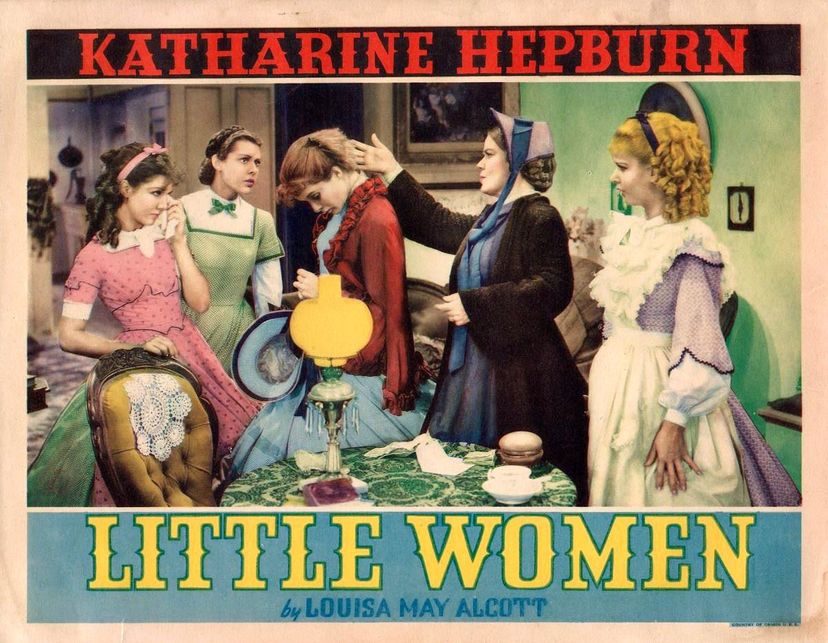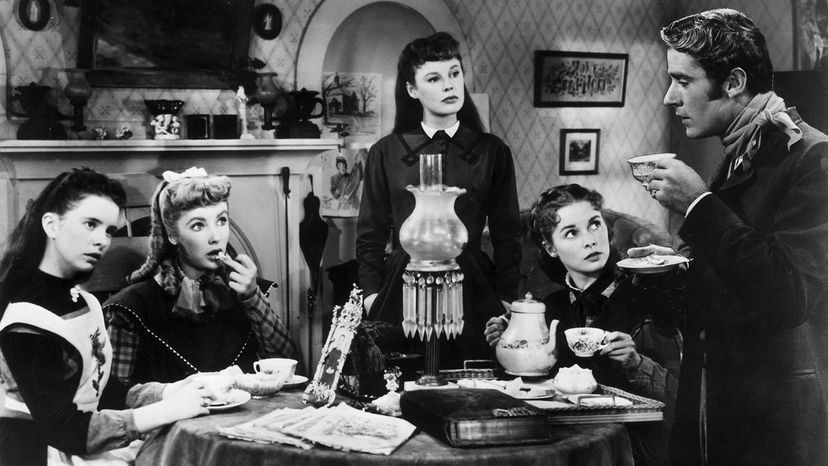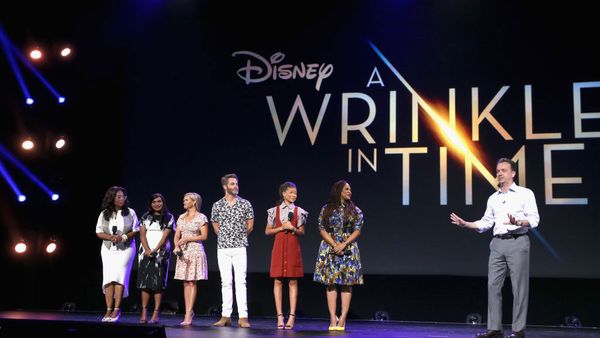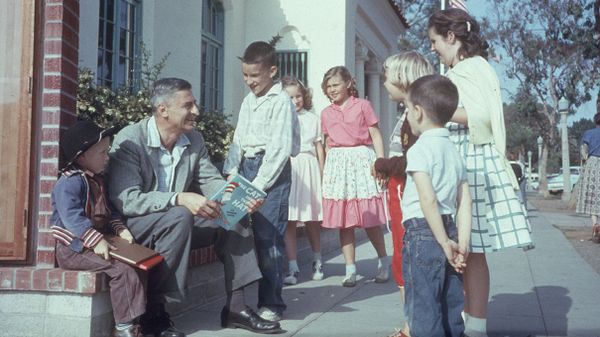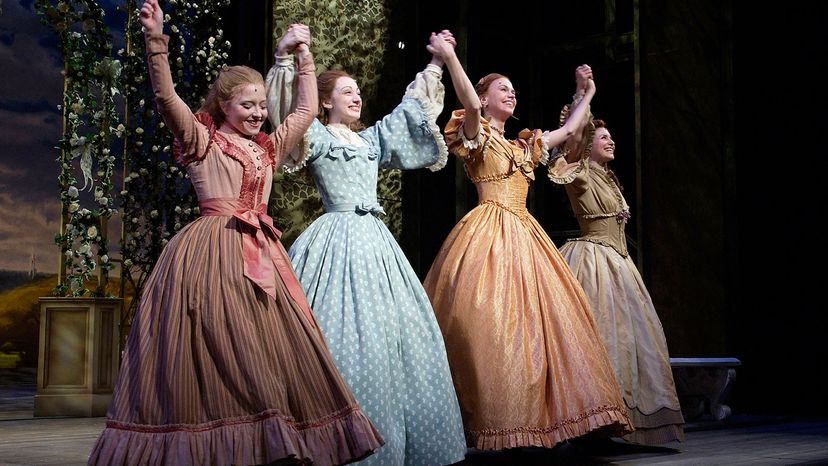
More than 150 years ago, Louisa May Alcott's novel, "Little Women" was published to overnight success. Although it was based loosely on her own family, Alcott reportedly resisted the idea of writing a romantic coming-of-age story about girls, preferring instead the sensational tales of adventure that she penned under a pseudonym.
The sisters in the book, Jo, Meg, Amy and Beth, were a far cry from the schmaltzy heroines found in similarly themed novels of the era. Highly individuated and stereotype-defying, these characters still speak to us a century and a half later. Maybe that internal resistance to the typical "girls' story" genre of the time is part of what makes "Little Women" so enduring a novel. A string of new adaptations mark the book's 150th birthday (including two new movies, one updated to the present day and a BBC miniseries). These entries are the latest in a long tradition of bringing "Little Women" to the screen. Here, in order of appearance, are the four major motion pictures made from the book and what they say about their times:
Advertisement
